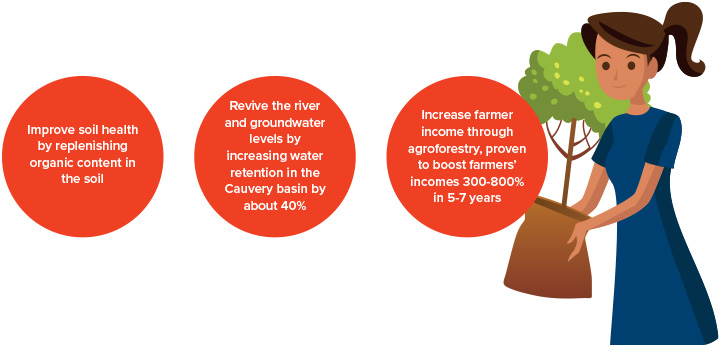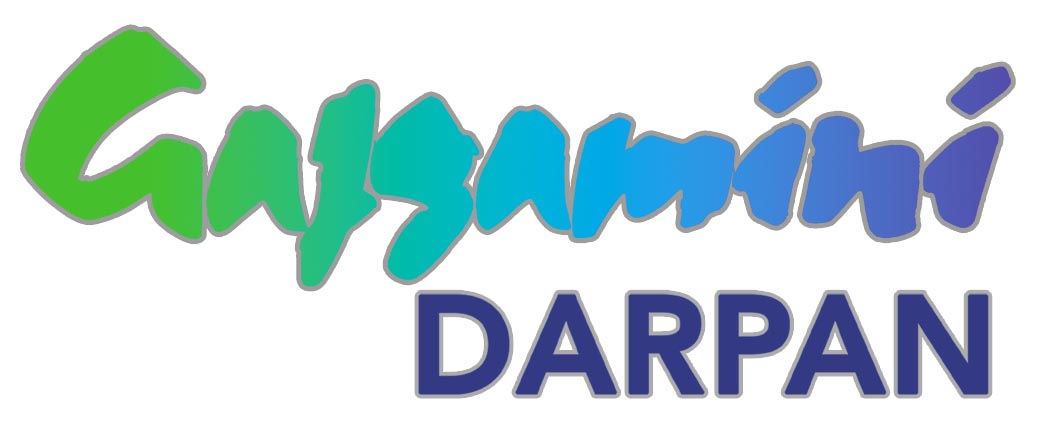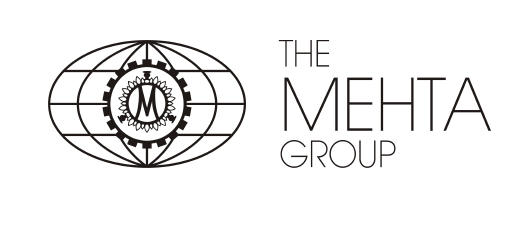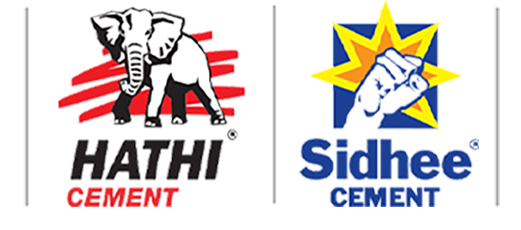Sustaining the commitment, Solid Waste Management Pilot Project was launched at Bokhira, Porbandar on 18th February, 2023 in association with Porbandar Chhaya Nagarpalika and in collaboration with International Urban and Regional Cooperation (IURC) programme and Saurashtra Cement Limited.
The launch event explained dry and wet waste segregation along with its benefits. The concept was introduced to the residents through interesting videos, story narration, dance and skit performances. Alternately, waste segregation demonstration activities were exhibited to help explain the welfare of the idea.
As per tradition, the event was initiated with an auspicious lighting of the lamp. To give an added thrust to this effort, the invitees addressed the audience sensitising them on the importance of waste management. They furthermore motivated and encouraged them to implement the daily practices of waste segregation and cleanliness. This project’s main focus was to bring about mass-scale behaviour change among the residents.
To push the campaign forward and to educate the residents through entertainment, over 100 students from Arya Kanya Gurukul and Saurashtra Cement Vidyamandir performed inspirational dances and street plays, educating the audience and promoting awareness with regards to waste management in a enjoyable and interesting manner.
In addition, videos were shown to explain the impact on the environment and the essential significance of waste segregation.
Performances by the students at the event
The launch program ended with the distribution of educational materials alongwith dry and wet dustbins.
We hope this activity brings about a significant change in the residents of Bokhira, creating awareness and encouraging responsible behaviour to bring into effect the transformation of Porbandar into a new clean and green city.
Graphic explaining wet-dry waste segregation
PLEDGE:
Let us all come together and take a pledge to segregate all household, shop and all other waste in two dustbins, wet waste in Green and dry waste in Blue, as our contribution
to the betterment of the environment.
MORE FROM ISSUE 8
Snowcem Business Partners Meet
Appreciating Efforts of our Channel Partners
Snehmilan Samaroh
Dealers Goa Tour
Rang De Dukaan
Porbandar Vacation Mela
Showcasing Hidden Talents of our Partners
To stay safe and protect ourselves and others, we need to know what the virus is all about, how it spread, and what precautions can be taken.
What is coronavirus?
A coronavirus is a kind of common virus that causes an infection in the nose, sinuses or upper throat. Most coronaviruses aren’t dangerous. However, in early 2020, after a December 2019 outbreak in China, the World Health Organization identified SARS-CoV-2 as a new type of coronavirus. The outbreak quickly spread around the world. This new disease triggers a respiratory tract infection, affecting the upper respiratory tract (sinuses, nose, and throat) or lower respiratory tract (windpipe and lungs).
What are the symptoms?
- Fever
- Coughing
- Shortness of breath
- Trouble breathing
- Fatigue
- Chills, sometimes with shaking
- Body aches
- Headache
- Sore throat
- Loss of smell or taste
- Nausea
- Diarrhoea
What precautions can we take?
The only way to stop the spread of the virus is to stay home and not step out unless absolutely necessary. Other than that, we can take the following preventive steps:
- Clean your hands often. Use soap and water, or an alcohol-based hand rub.
- Maintain a safe distance from anyone who is coughing or sneezing.
- Don’t touch your eyes, nose or mouth.
- Cover your nose and mouth with your bent elbow or a tissue when you cough or sneeze.
- Stay home if you feel unwell.
- If you have a fever, cough and difficulty breathing, seek medical attention. Call in advance.
- Follow the directions of your local health authority.
The number of positive cases and death are on a rise in India; but we need to hang in there and help those who need us. We can provide food and water to the delivery boys, police men, doctors, cleaning personnel and other essential workers who are putting their lives at risk for us.
The only way to prevent further spread of the virus is to Stay at home and Stay safe.
Incase you plan to go out to buy essentials, you should carry with you
- A clean and well-fitting face mask
- A pocket hand sanitizer containing 60% alchohol or more
- Tissues which may be used for coughs and sneezes
Most importantly, embrace social distancing. Stay 6 feet apart and avoid large crowds.
“Cauvery has been the source of wellbeing, prosperity and the very source of life for these lands. A forest-fed perennial river is fast becoming a seasonal stream as 87% of tree cover has been removed in 50 years. Cauvery is calling, do you have a heart to hear?”
– Sadhguru
Why Is ‘Cauvery Calling’ the Need of the Hour?
The term ‘Cauvery’ means ‘one who brings abundance’. However, today, the river is depleting at a rapid rate. Like most other rivers in India, Cauvery is also forest-fed. The growing human population and inefficient agriculture practices have resulted in loss of forest cover by 87% and soil by 70%. The drying river has resulted in farmer suicides in the Cauvery basin of Tamil Nadu and Karnataka. There is an urgent need to reverse this situation before we lose Cauvery completely.
How Is ‘Cauvery Calling’ Saving the River?
‘Cauvery Calling’ will support farmers in planting 242 Crore trees to revitalise Cauvery and increase the forest cover around it. It is estimated that these 242 crore trees will increase water retention in the Cauvery basin by about 40%. The campaign is urging people to contribute towards the cause, by donating trees online. Each tree costs Rs. 42 and about 3 crore trees have been planted till date.
Hathi-Sidhee Cement’s Support to the Cause
The employees of Hathi-Sidhee Cement offered their staunch support to this initiative and donated generously to plant a large number of saplings. As a result of their support, the revolutionary cause of Cauvery Calling is driving closer to its goal.
Planting Trees along the Cauvery Basin will:

Concrete is a construction material composed of cement, fine aggregates (sand) and coarse aggregates mixed with water, which hardens with time. The water-cement ratio plays an important role, which influences various properties such as workability, strength and durability. When water is mixed with materials, cement reacts with water and the hydration reaction starts, which produces rock-solid concrete.
The grade of concrete denotes its strength required for construction. For example, the M25 grade signifies that the compressive strength required for construction is 25 MPa. The first letter in the grade, ‘M’, is the mix and 25 is the required strength in MPa.
There are two types of concrete mixes – nominal mix and design mix. Nominal mix is used for normal construction work, such as small residential buildings. For design mixed concrete, the mix proportions are finalised based on various lab tests for their compressive strength. This process is also called mix design.
The two methods used for mixing are hand mixing and machine mixing. Based on the quantity and quality required, the suitable method of mixing is selected.
To make structures, concrete is poured in formworks and the poured concrete is allowed to set for a specific period of time to gain sufficient strength. Curing is done to make up for the moisture loss due to evaporation. It is the process of maintaining the moisture and temperature conditions of concrete for hydration reaction so that the concrete develops hardened properties over time. Curing is generally continued for a minimum of seven days.
We have been manufacturing quality cement in Gujarat since 1956, which is suitable for making superior quality concrete. Since India’s Independence, we have contributed significantly in the development of infrastructure and construction of various landmarks in Gujarat. We have been the leading exporter of cement and clinkers to many countries, thereby contributing in the development of their economies.







